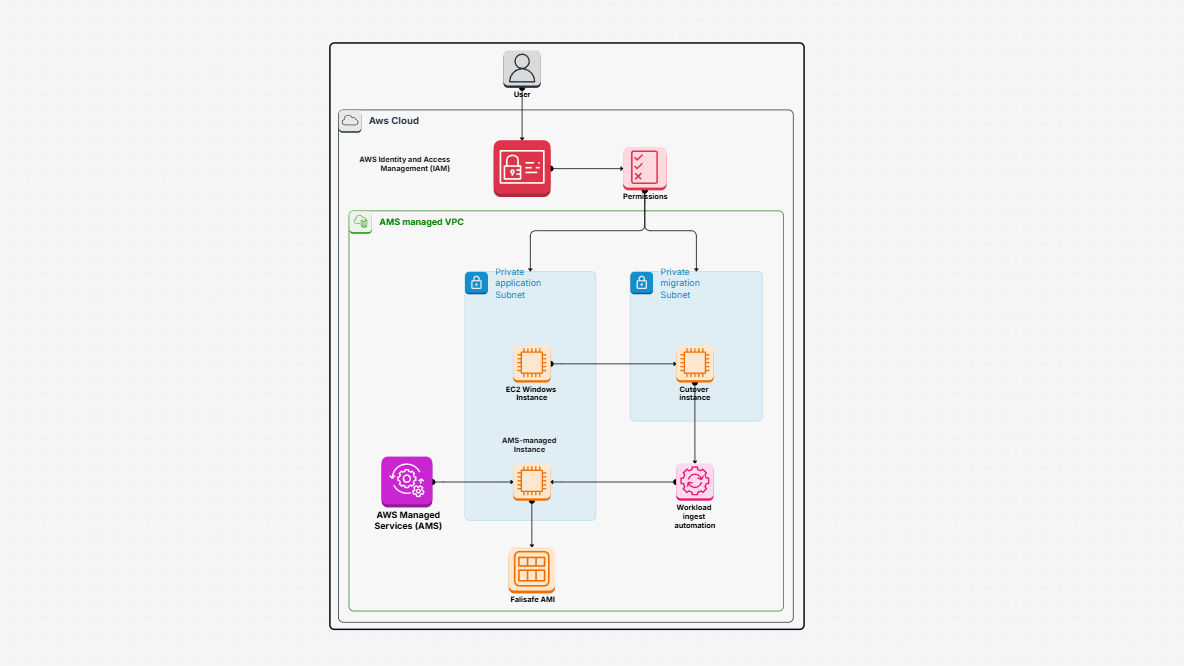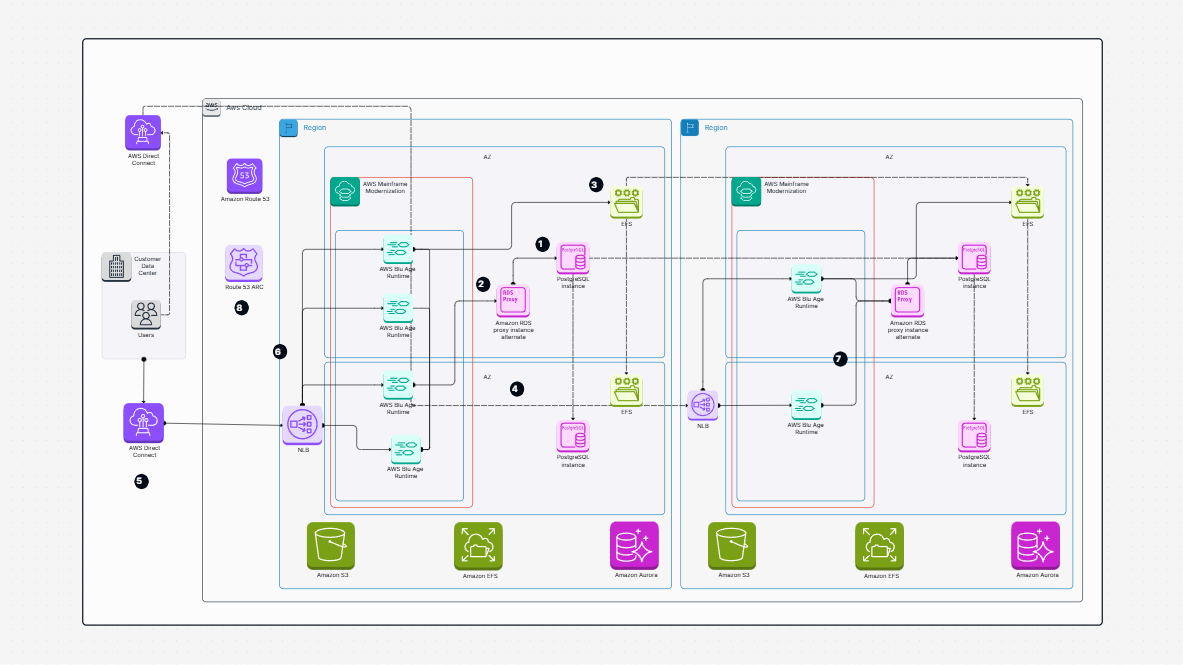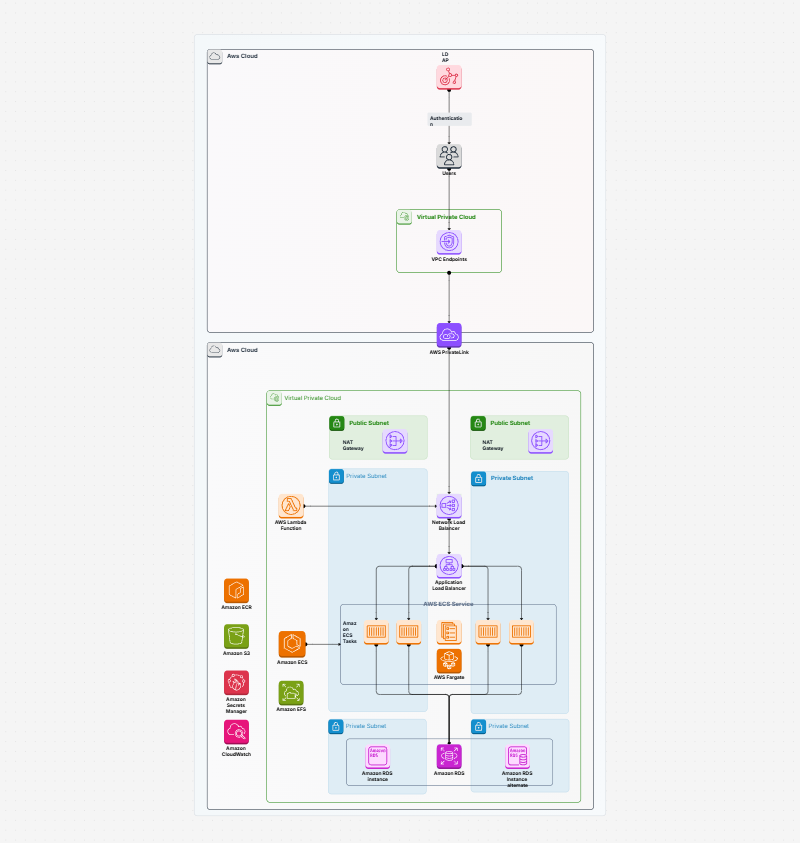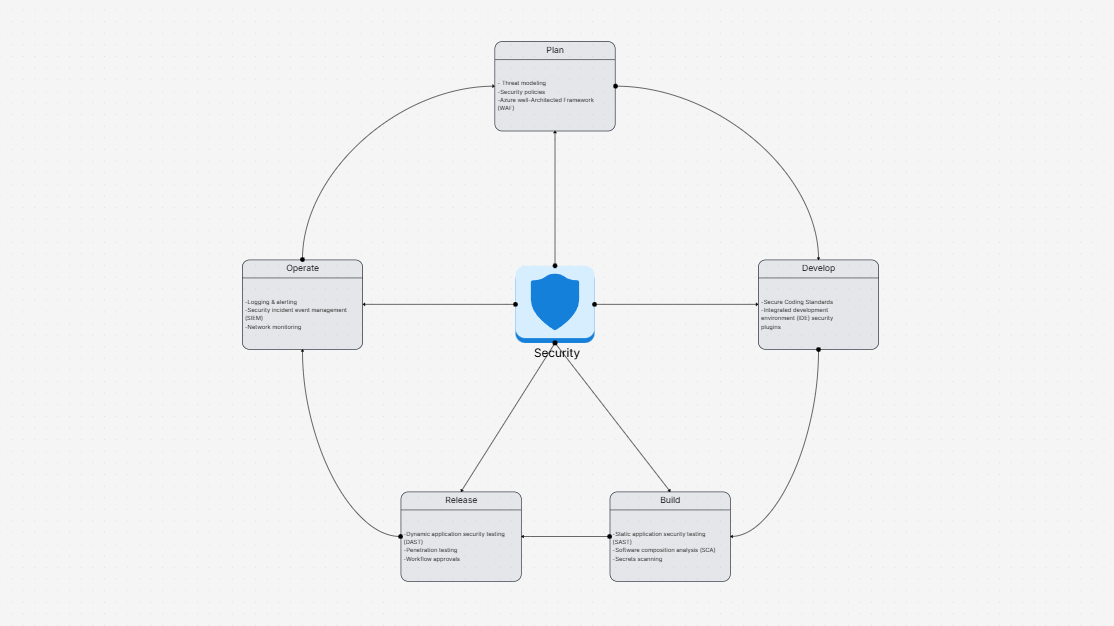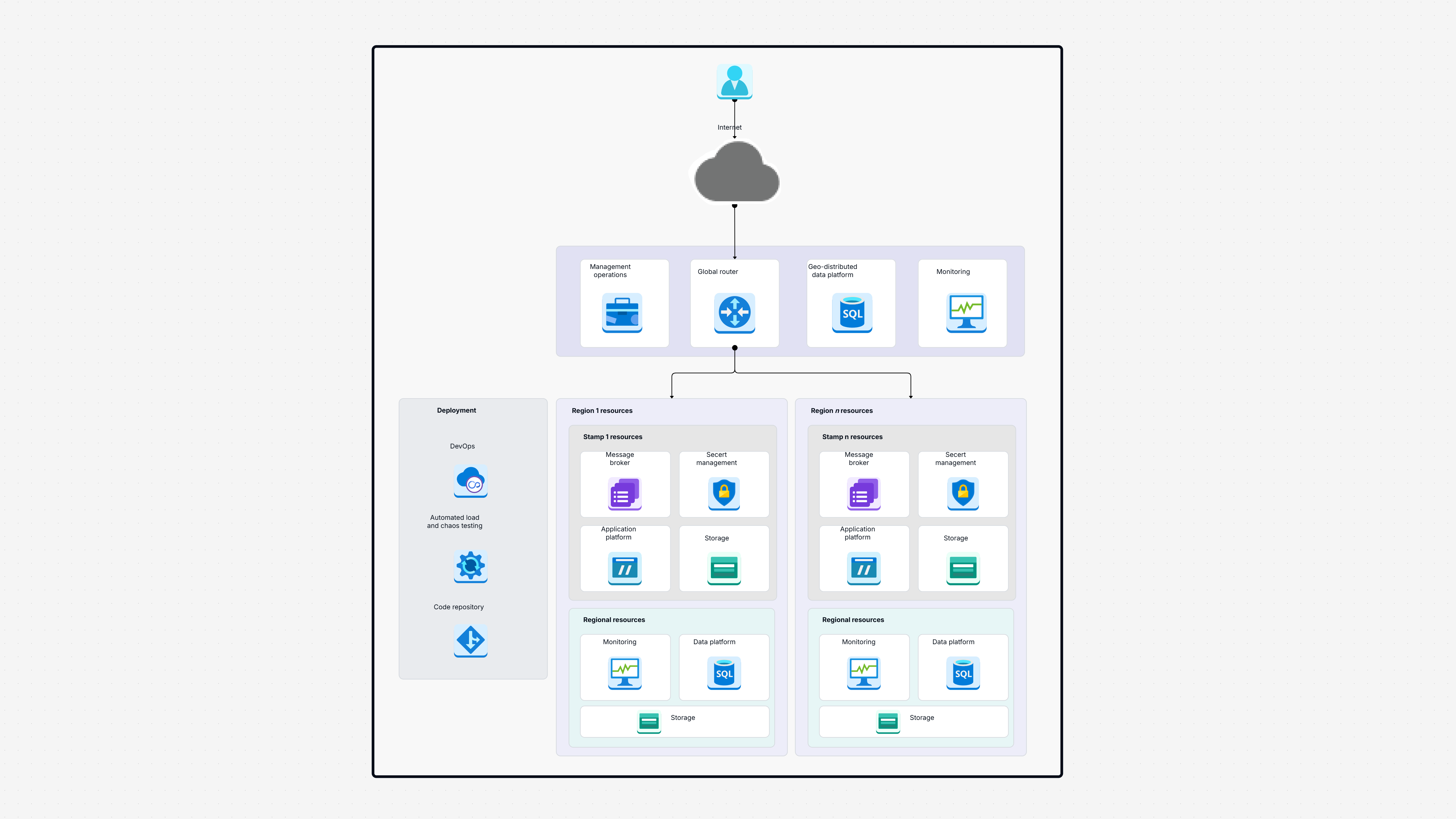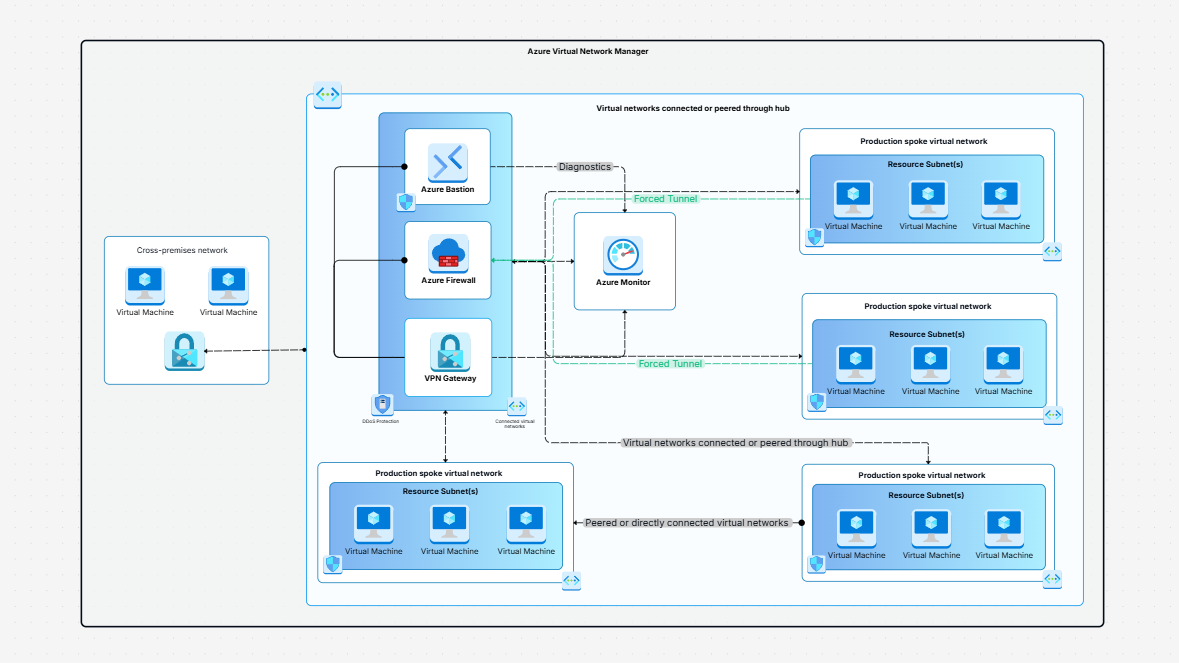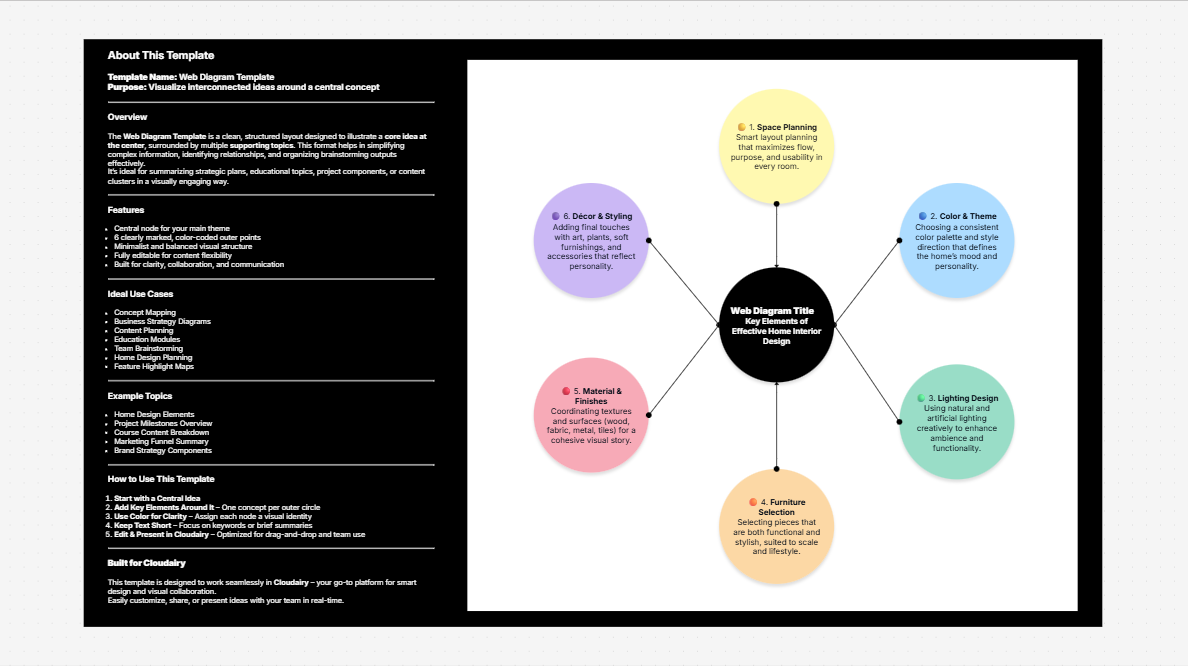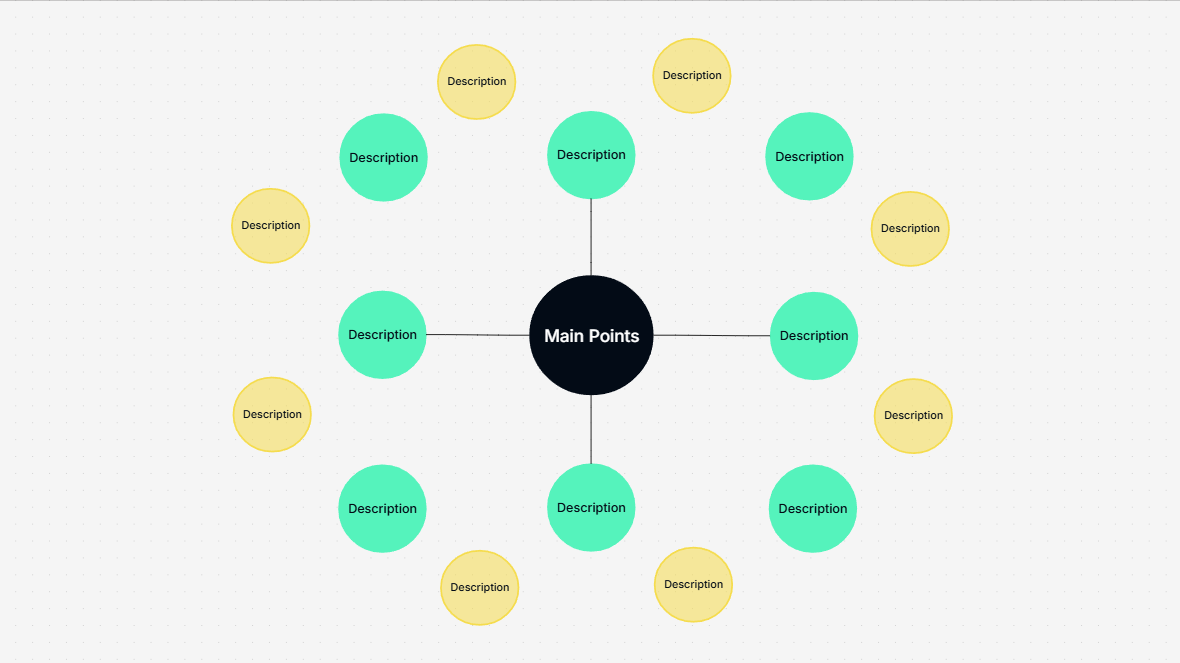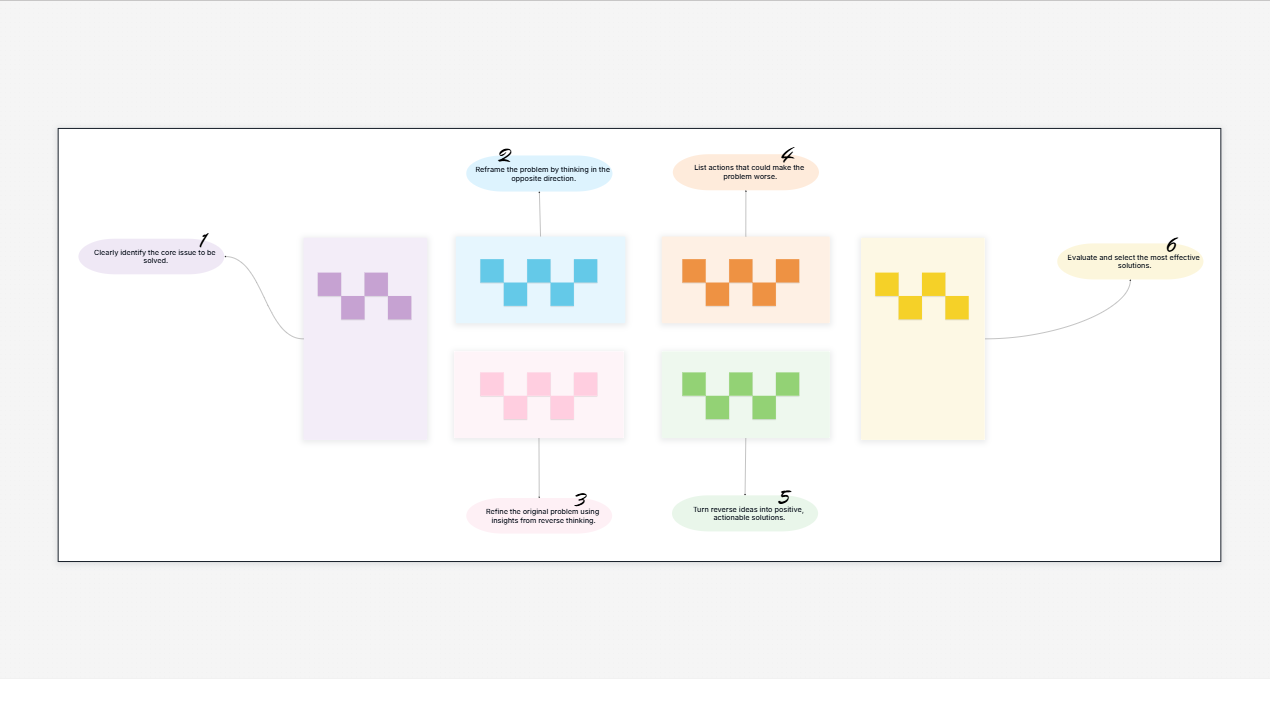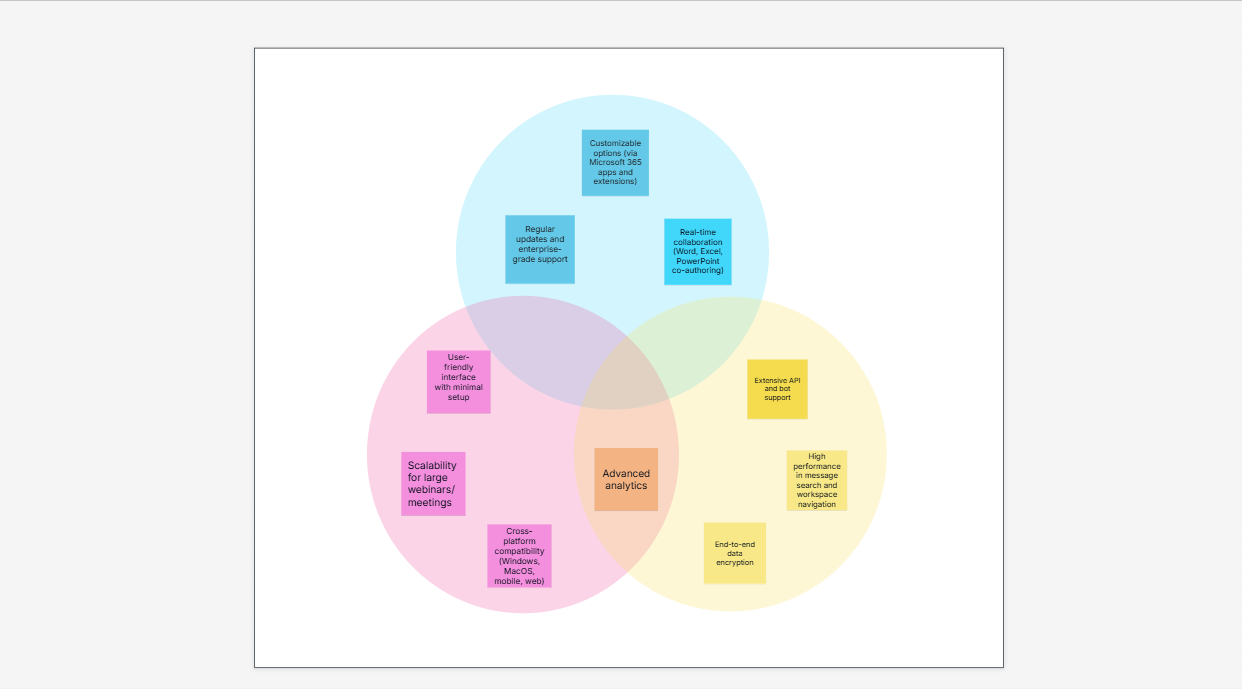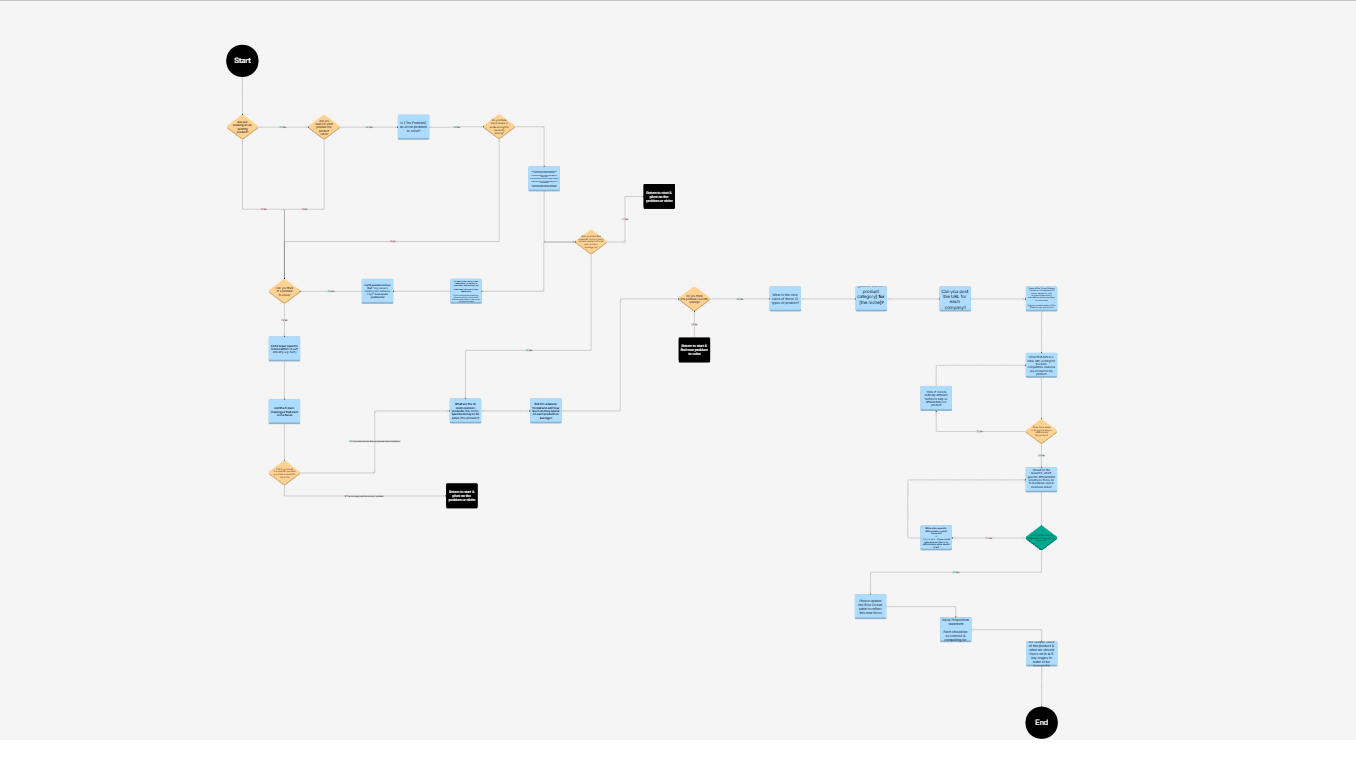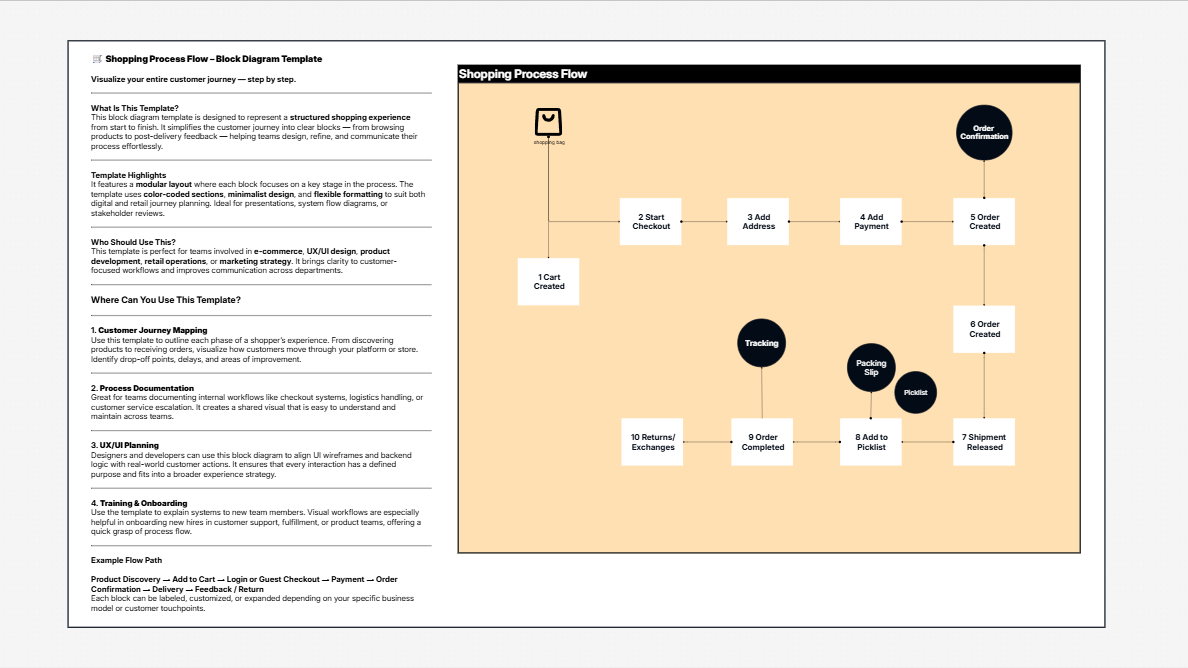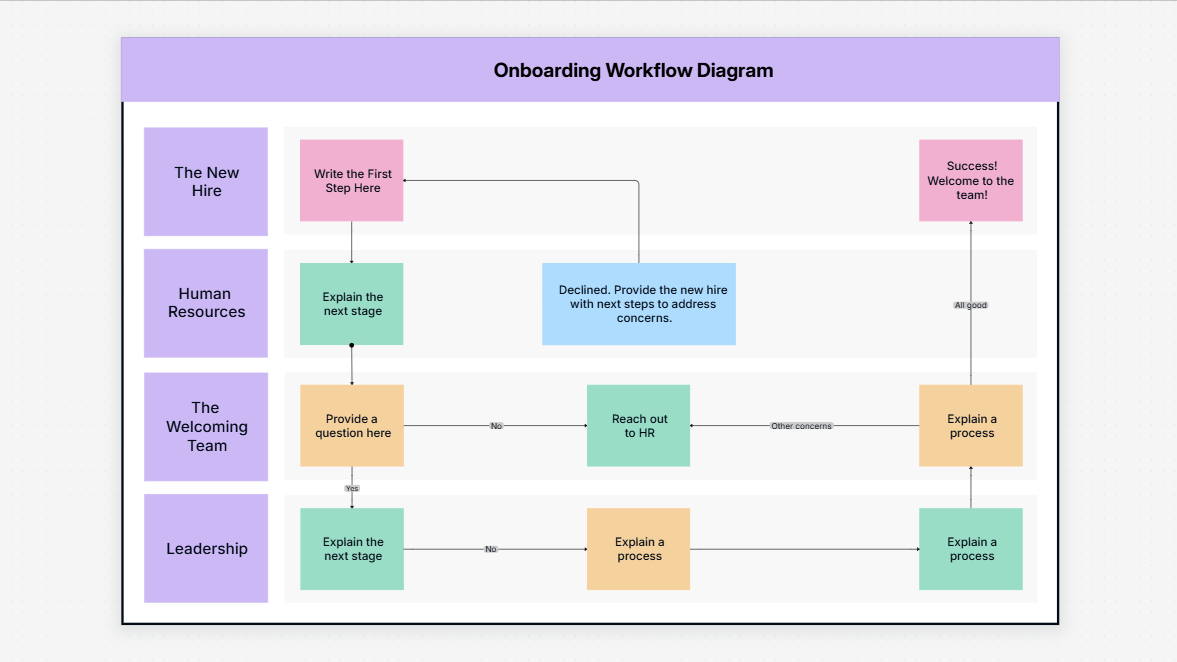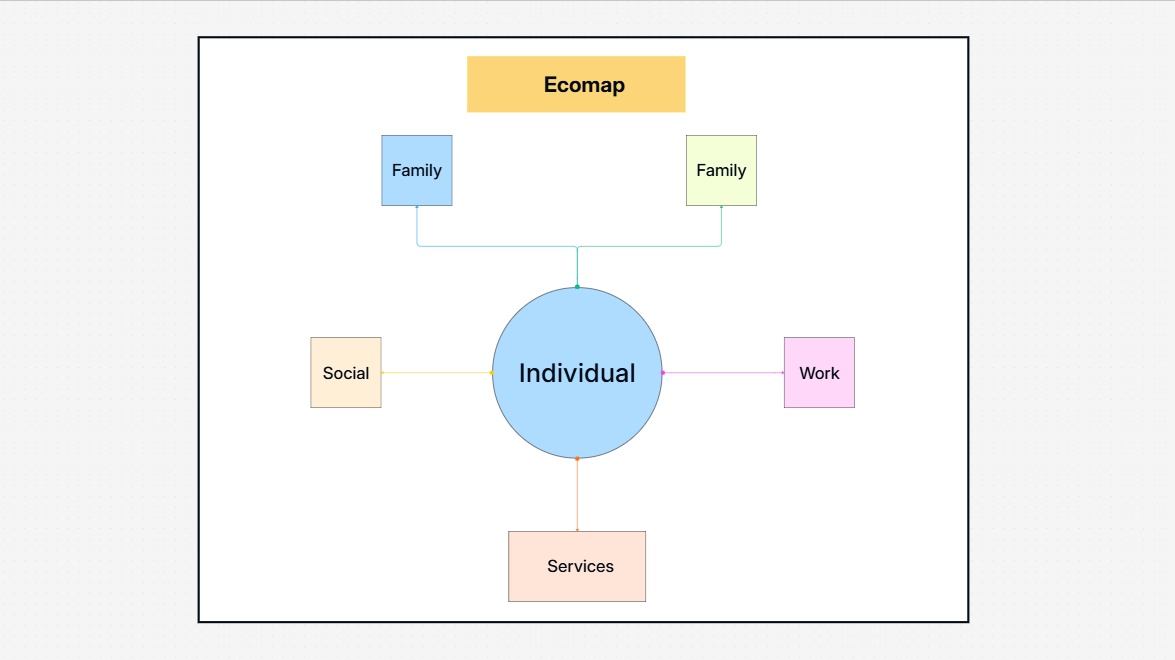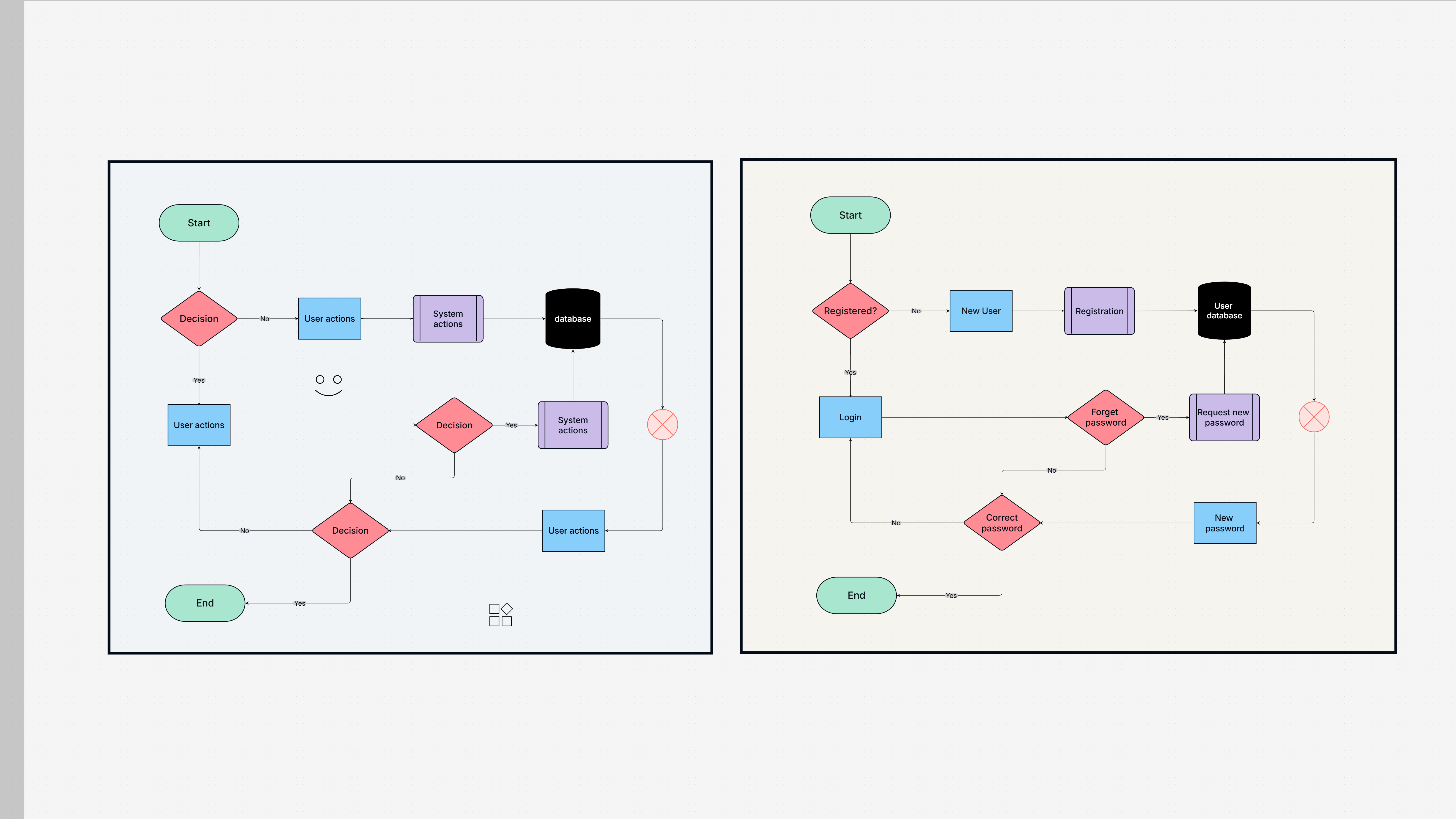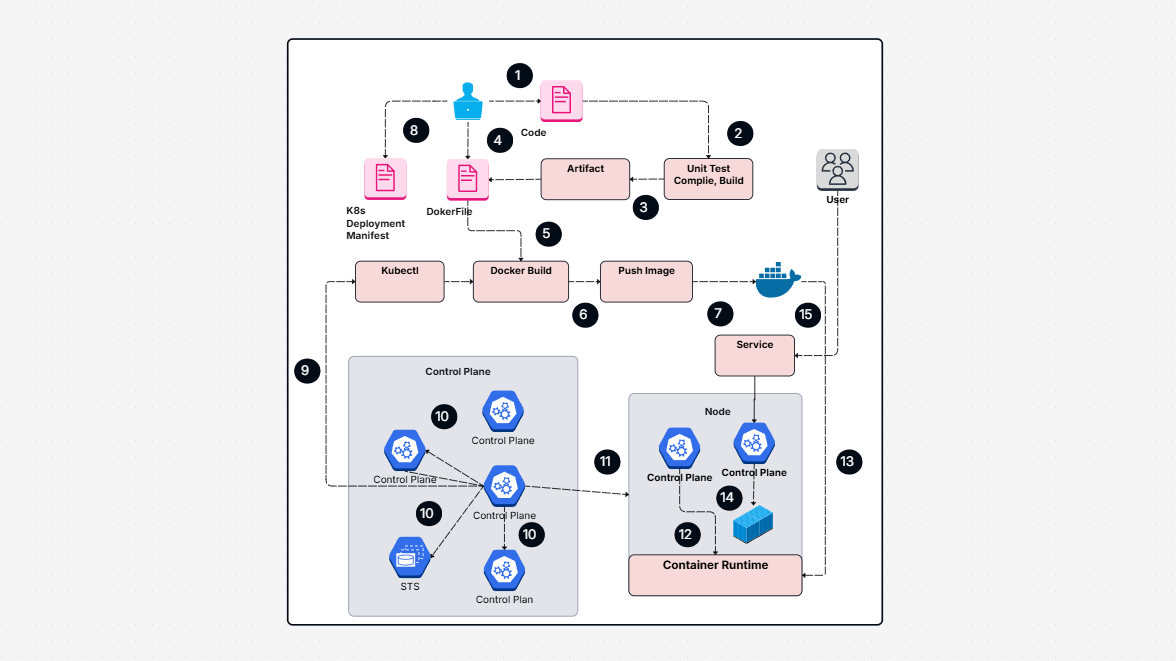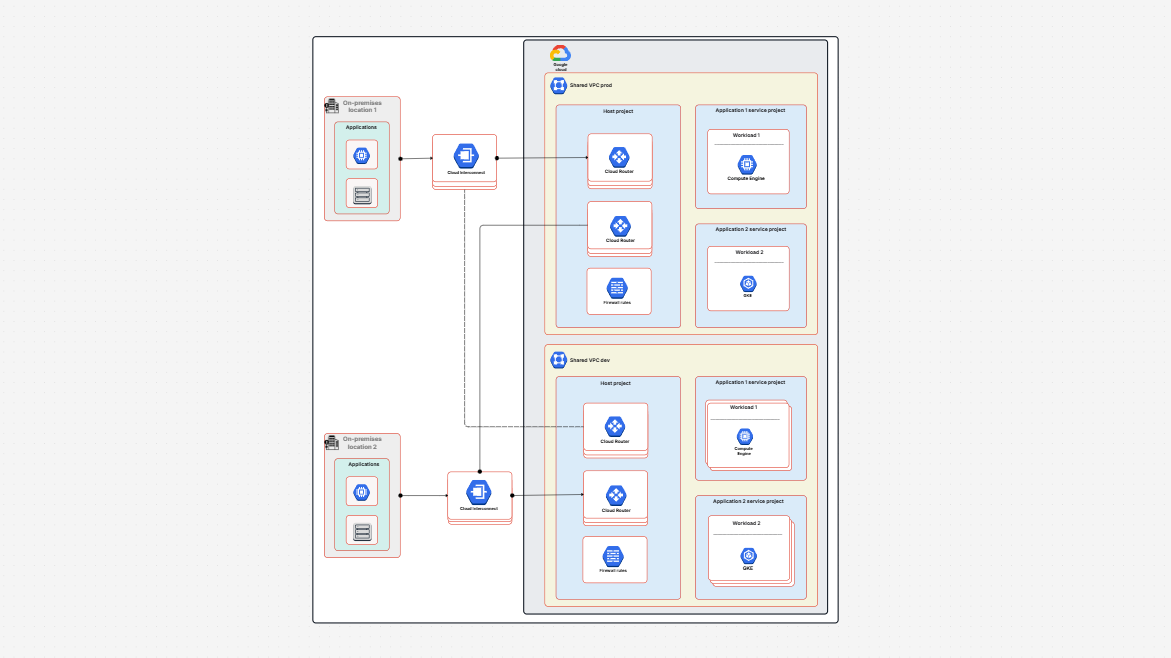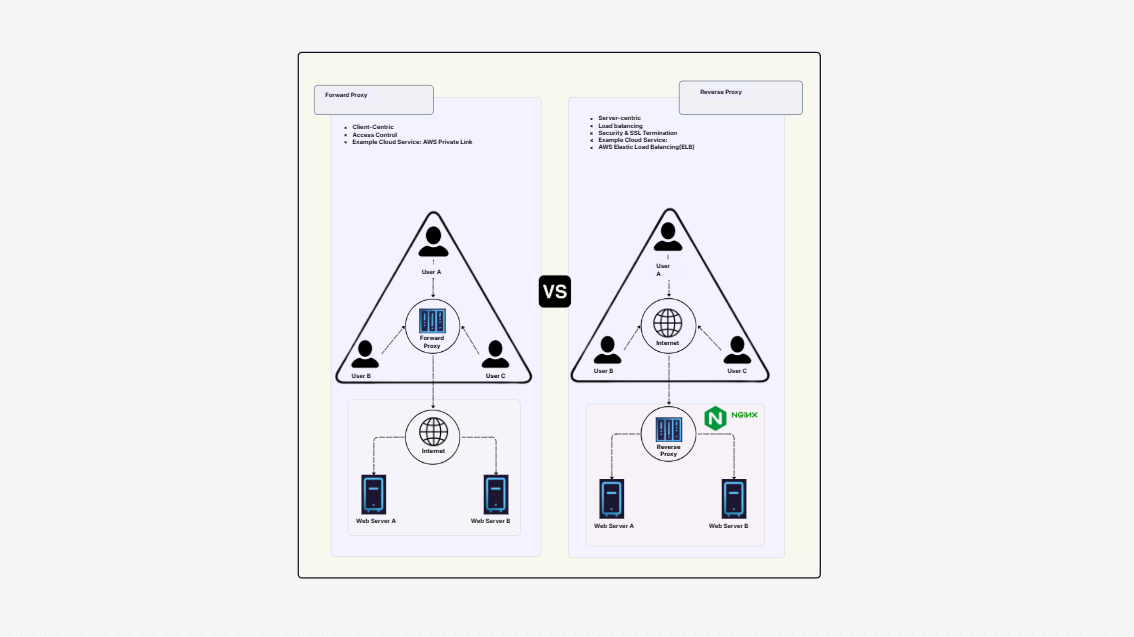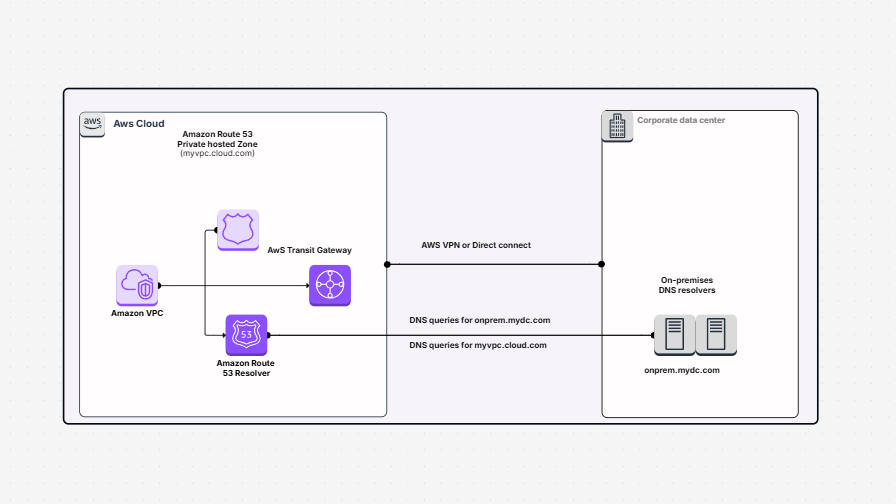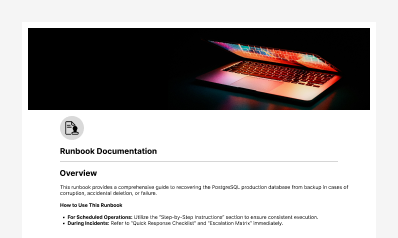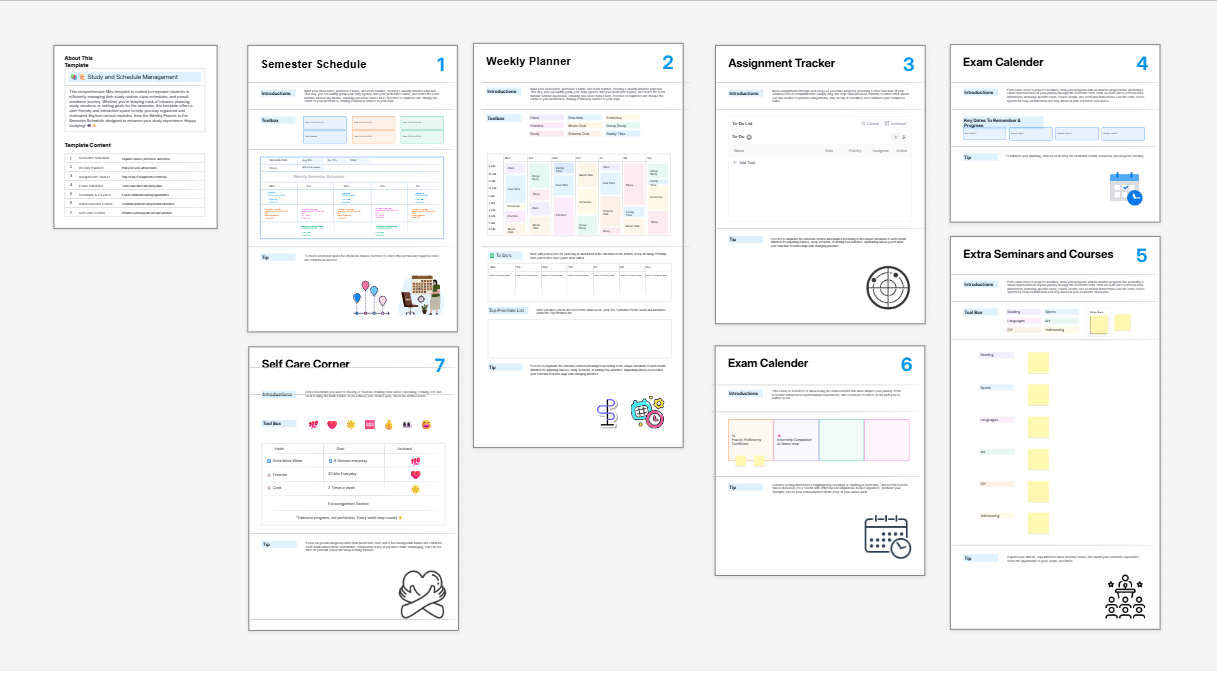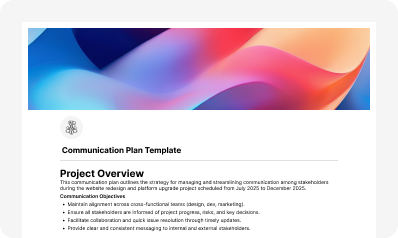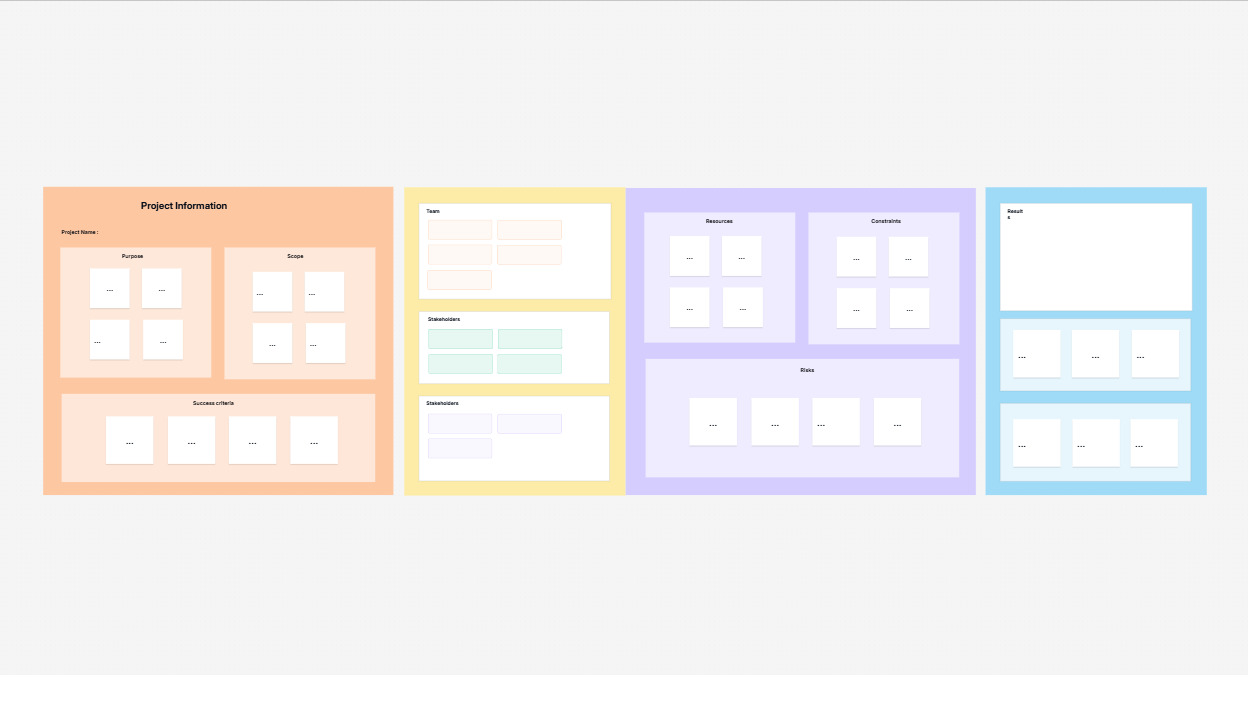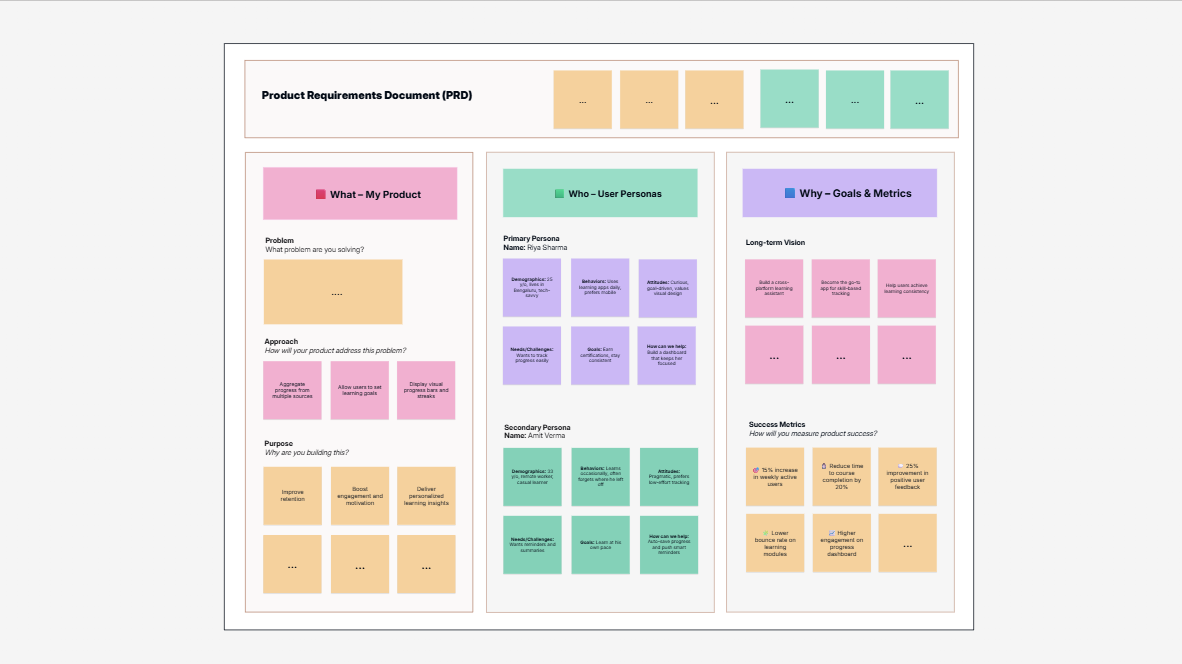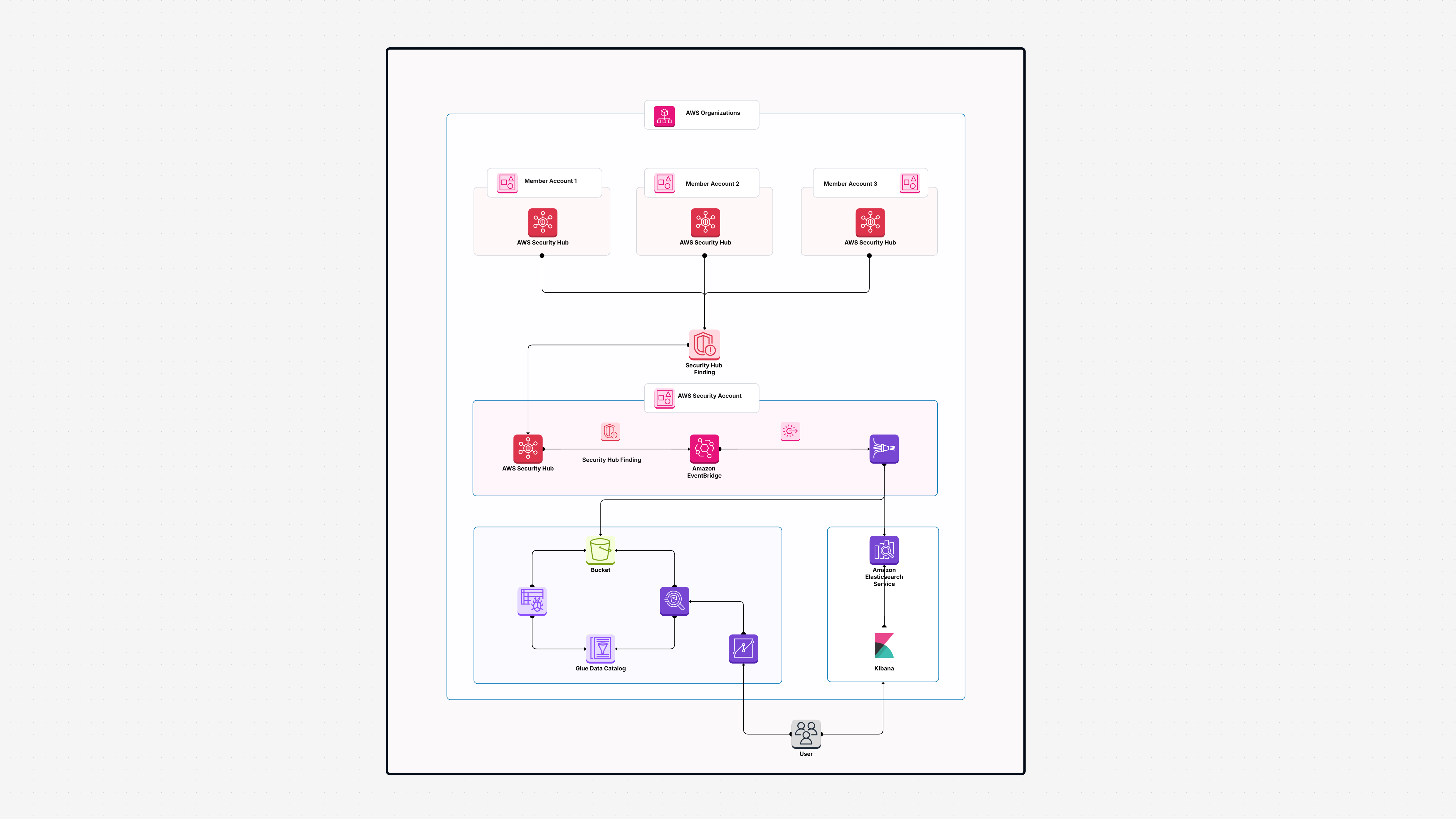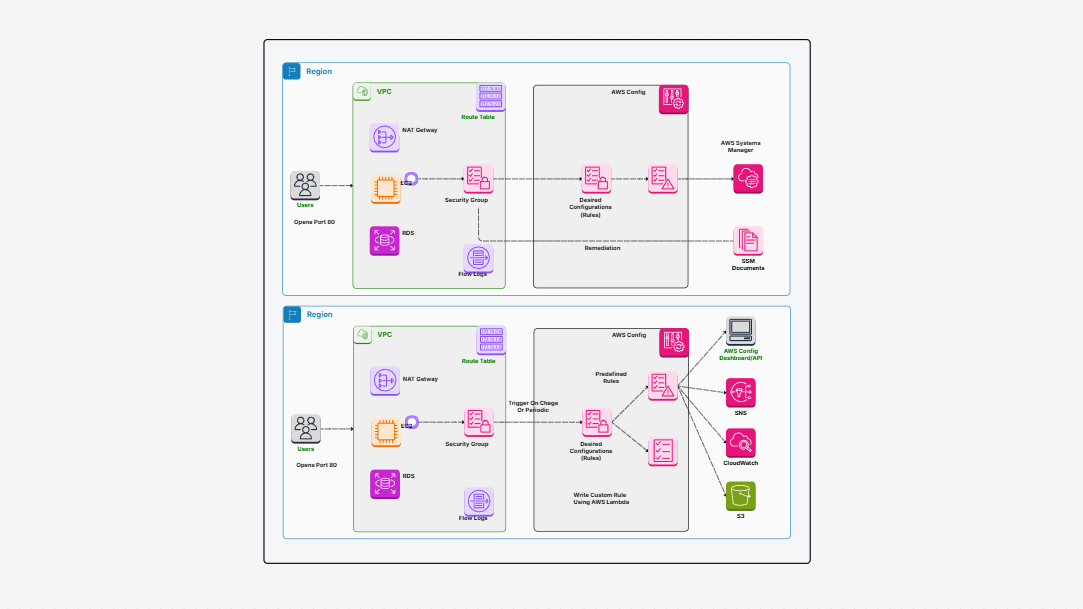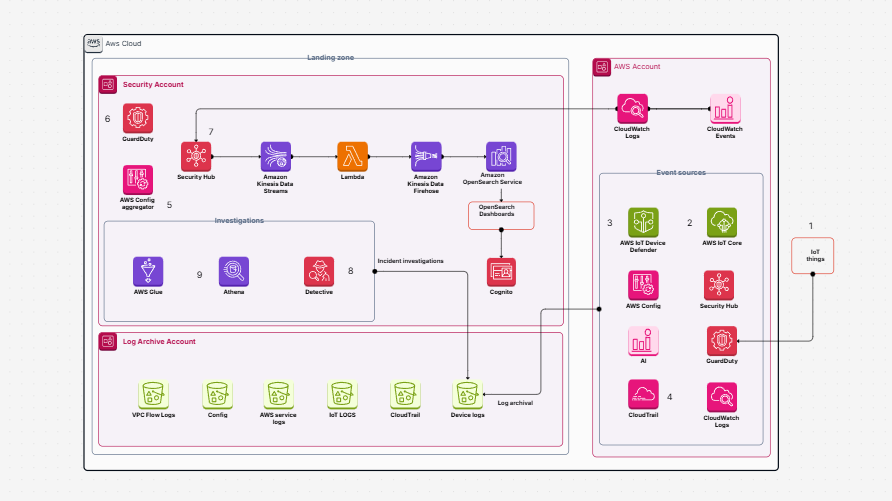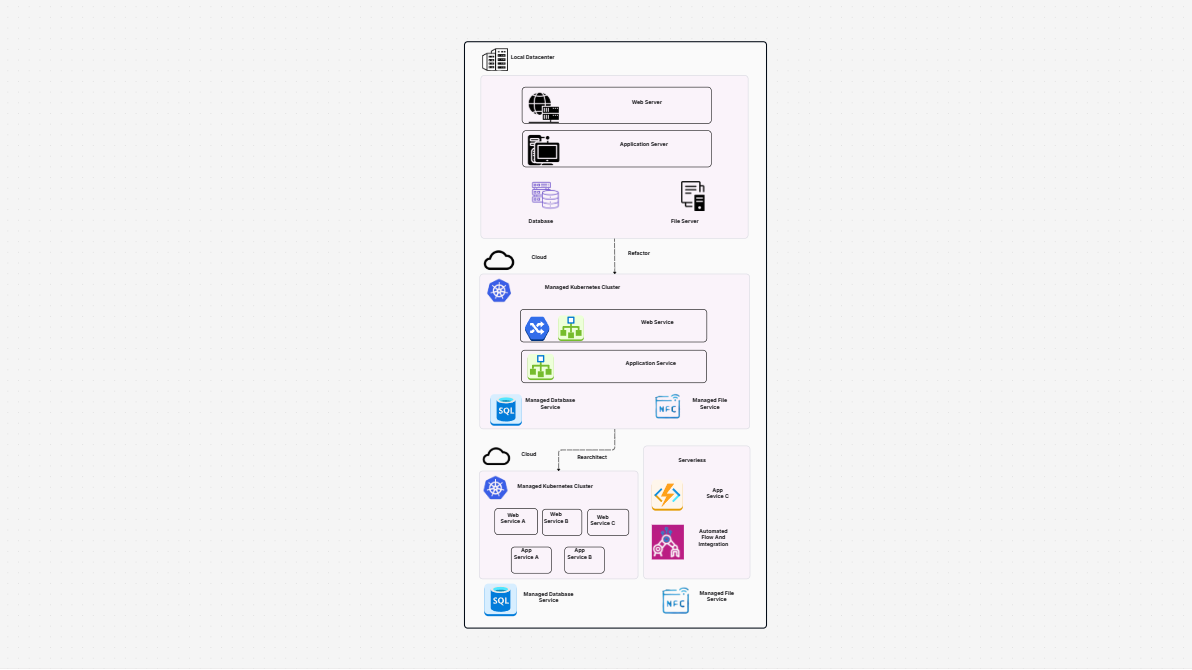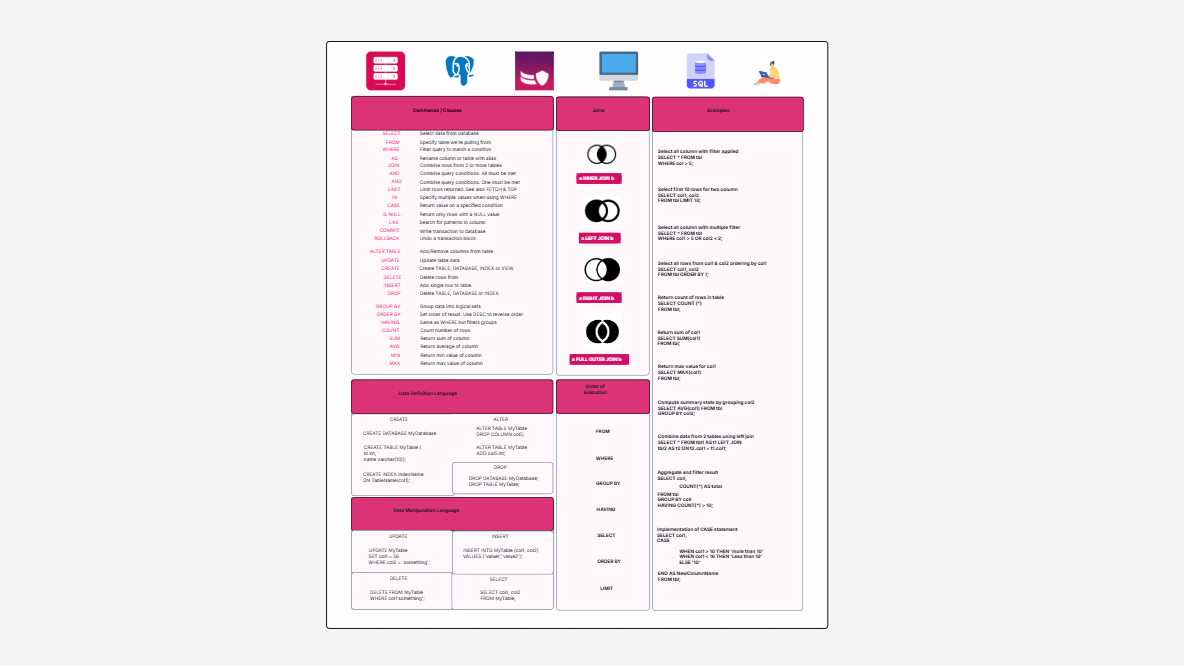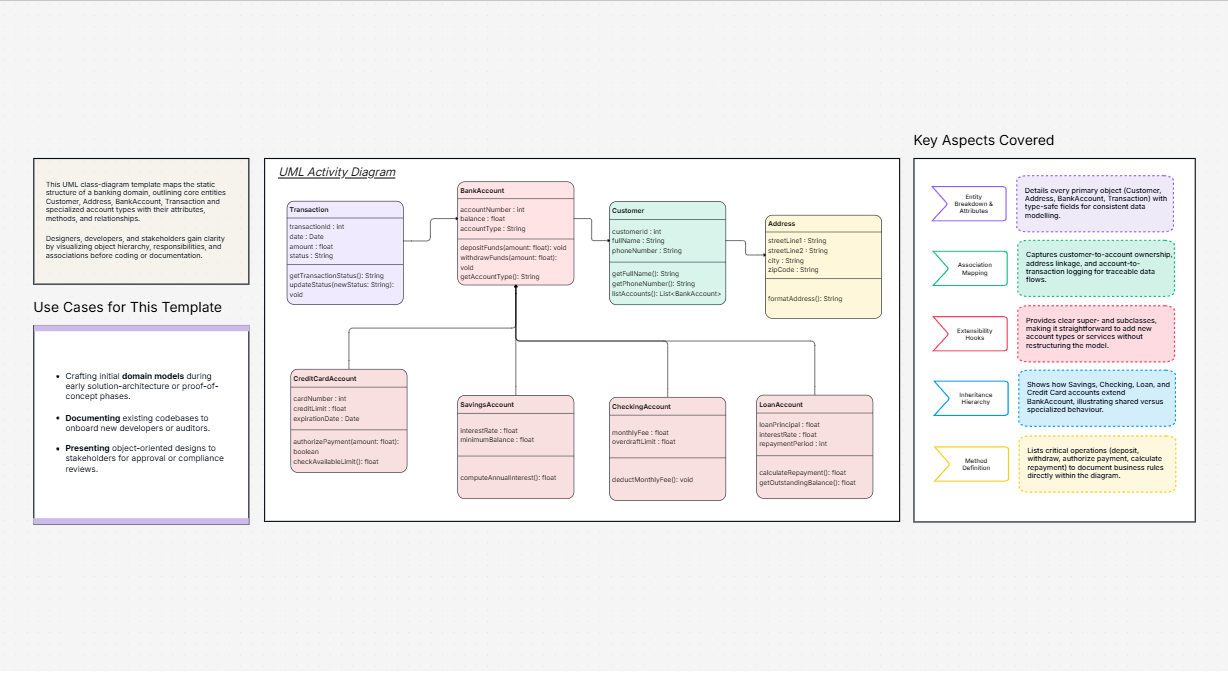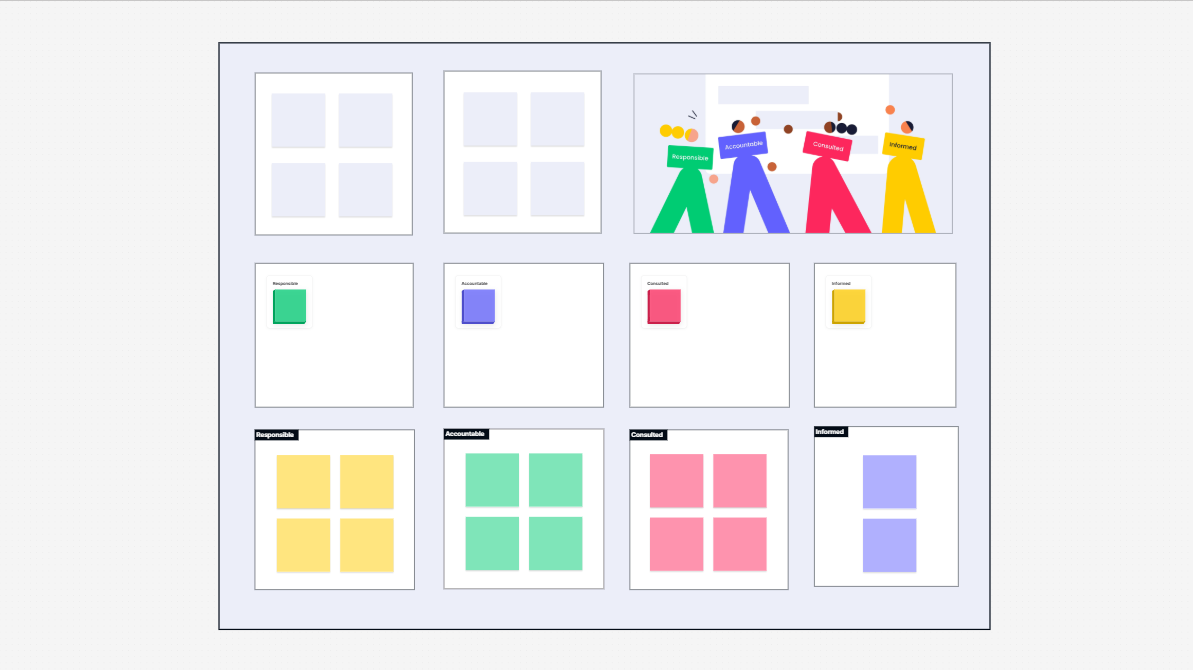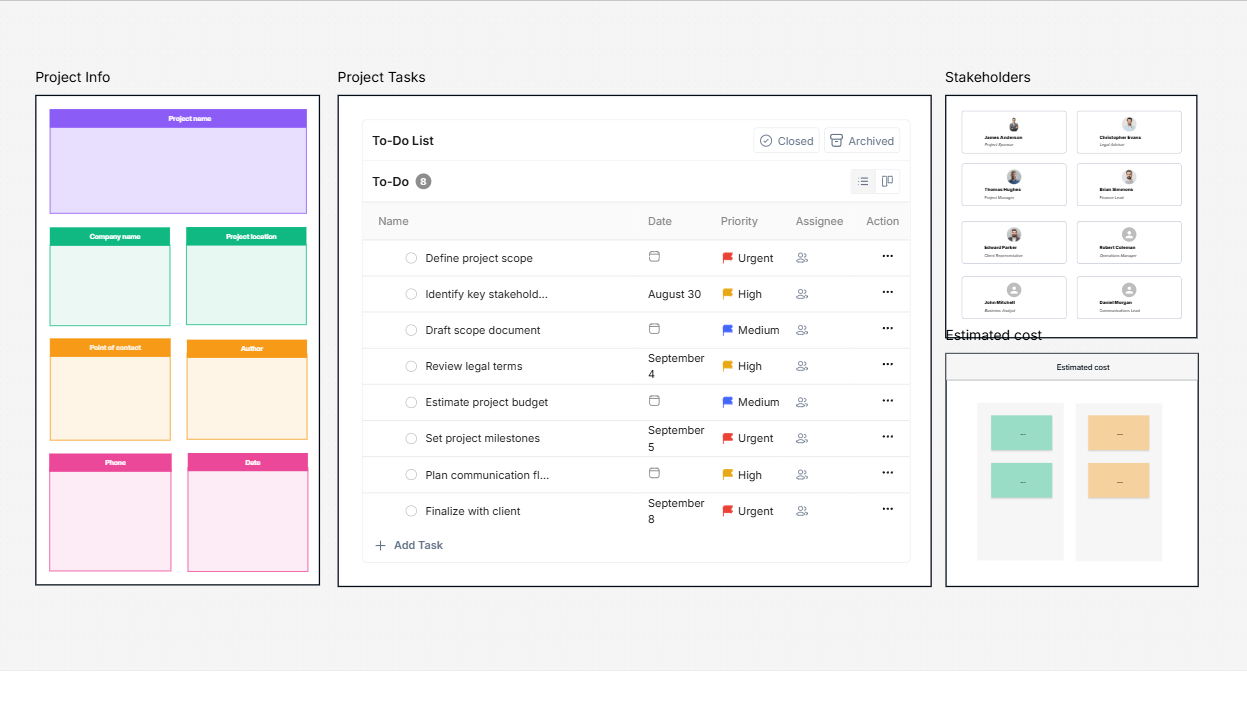WorkHub

What's this template about?
The App Deployment Template is a visual representation of how an application transitions from your codebase into the final deployed stage.
It highlights two primary workflows:
-
The CI/CD pipeline, where building, testing, and deploying your app is done automatically.
-
The GitOps workflow, where code updates in the repository cause updates in the app and its infrastructure.
It also shows how components such as Kubernetes, webhooks, and container registries integrate into the process. The intention is to provide your team with a comprehensive and readable picture of what takes place during deployment. This way, nobody remains in the dark, and teams are able to collaborate more effectively.
Why this template is a game changer ?
It's easy to get confused when deploying apps. There are so many variables, code repositories, build tools, automation, cloud platforms, clusters, etc. If you don't have a clear picture of how they all tie together, it's simple to feel lost. This template makes that easier to do.
Here's why:
-
You have a clear picture of your deployment process, which prevents delays and confusion.
-
It's simpler to locate and troubleshoot issues if you have an idea where every step occurs.
-
It makes it easy for your new teammates to learn your process.
-
It enables easier collaboration between developers, operations, and project leaders.
-
You can plan and optimize your pipeline with a clear outline in front of you.
Using this template, you avoid wasting time, eliminate errors, and make your deployment smoother for everyone involved.
Who should use this template and when?
This template is for everyone involved in constructing and delivering apps. This comprises:
-
DevOps Engineers responsible for installing and overseeing deployment tools and pipelines.
-
Software Developers interested in observing how their code progresses to production.
-
Project Managers require a greater insight into the technical phases in delivery.
-
Technical Leads who wish to document the process for reviews or training purposes.
-
IT Teams responsible for release cycles or who require a standard deployment checklist.
You should apply this template:
-
When you're building or optimizing your app deployment pipeline.
-
When you're migrating to Kubernetes or beginning to implement GitOps.
-
When new team members need to be trained or the process is explained to someone else.
-
When you're preparing for a release, audit, or handover of a project.
What are the main components of the template?
Following are the primary components of the App Deployment Template:
1. CI/CD Pipeline Flow: This indicates how code passes through various stages before it reaches customers. It has:
-
Build – where code is bundled for release.
-
Test – where tests are automated to see whether the app is functioning properly.
-
Deploy – where the app is deployed to a live environment.
All the steps are automated, therefore, code changes are released and tested rapidly.
2. GitOps Repository: The GitOps section illustrates how your code repository is the single source of truth. The system automatically makes changes in your app and infrastructure when changes are pushed in the repository. This maintains everything is version-controlled and in sync.
3. Webhook Triggers: Webhooks are little automated notifications. When you commit code to the repository, a webhook can alert your CI/CD tools to initiate the build and deployment process. This keeps everything current without needing manual intervention.
4. Kubernetes Management Cluster: This section describes how your app and services are managed by Kubernetes. Kubernetes helps in running your app in several environments by managing aspects like scaling, managing services, and health checks.
5. Container Registry and Deployment Clusters: After your app is compiled into a container, it's held in a registry. The registry is similar to a holding area for every version of your app. The deployment clusters then grab the container from the registry and execute it in your environment of choice.
All those processes together show a complete and transparent path of how your app travels from code to customer.
How to begin with Cloudairy ?
You can easily use this template with Cloudairy, a tool that helps you with visually managing and tracking your deployment process.
This is how to begin:
-
Integrate your code repositories to Cloudairy.
-
Configure your CI/CD for building, testing, and deploying.
-
Connect your Kubernetes clusters to control app environments.
-
Insert container registries where you can store your buildings.
-
Use the visual map to monitor each step of deployment in real time.
Cloudairy makes the setup simple, keeps all tools in one place, and gives a clear dashboard to manage everything.
Summary
Deploying applications can get complicated, but it doesn’t have to be. The App Deployment Template makes the entire process easier to understand, plan, and manage. It gives a visual walkthrough of how your code moves through pipelines, automated triggers, and Kubernetes environments to reach the end users. Whether you’re a developer writing code, a DevOps engineer handling automation, or a manager tracking project progress, this template brings clarity to your deployment process. Use it to create better workflows, catch issues early, train your team, and keep everyone aligned.
Related AWS Architecture Diagram Templates
Find templates tailored to your specific needs. Whether you’re designing diagrams, planning projects, or brainstorming ideas, explore related templates to streamline your workflow and inspire creativity
Design, collaborate, innovate with Cloudairy
Unlock AI-driven design and teamwork. Start your free trial today










Design, collaborate, innovate with Cloudairy
Unlock AI-driven design and teamwork. Start your free trial today











